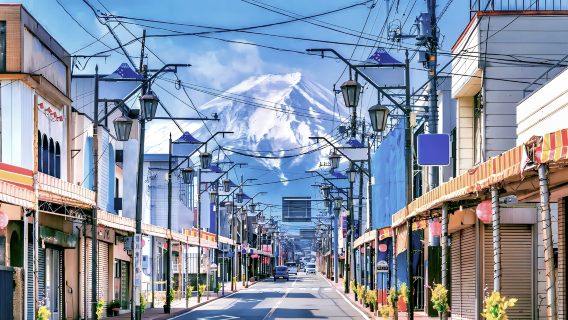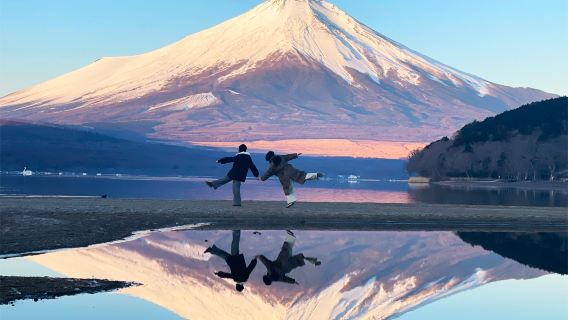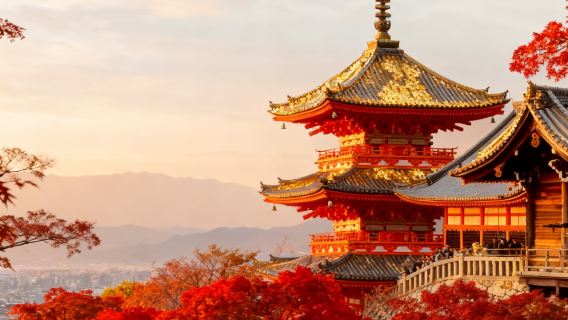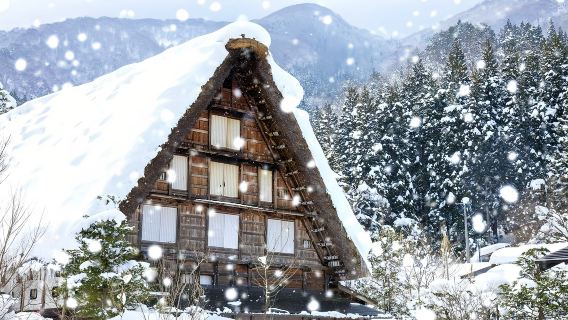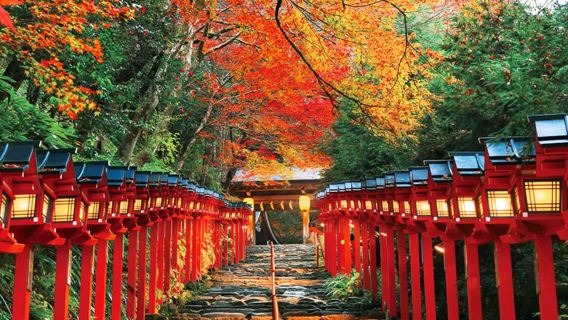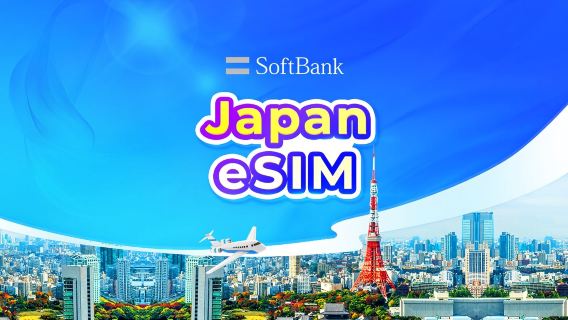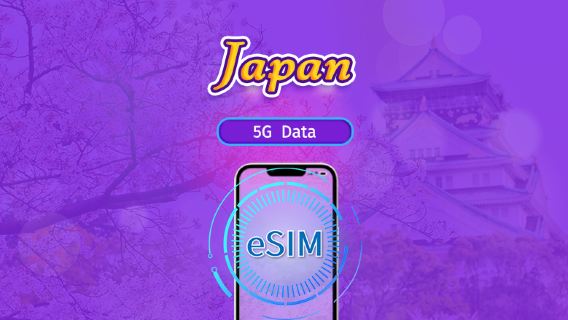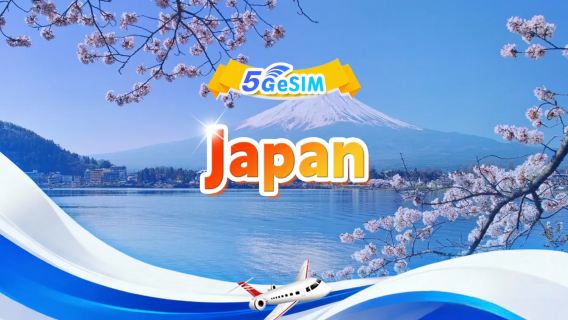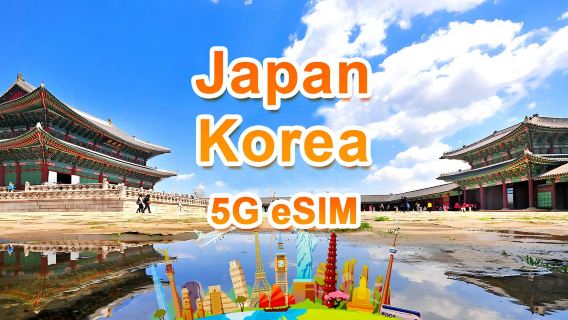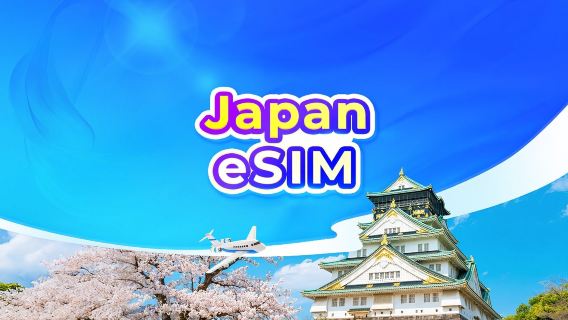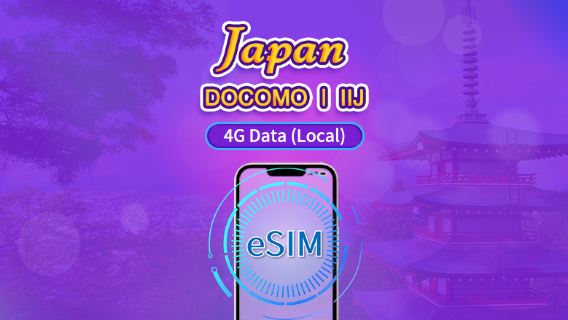
Whether you're visiting for the first time or returning to explore more of its unique charm, Japan offers an unforgettable mix of ancient tradition and cutting-edge modernity. From navigating public transportation to understanding local etiquette, knowing a few key travel tips can make your journey smoother and more enjoyable. In this guide, we’ll share essential Japan travel tips to help you make the most of your adventure—saving time, avoiding common mistakes, and experiencing Japan like a local.
✈️ Entry Requirements: Visa & Passport Stuff

Here’s the deal: if you have a Philippine passport, you still need a visa to visit Japan. It’s not visa-free—at least, not yet. But don’t worry, the process is pretty straightforward as long as you have all the right documents.
You’ll need to apply through an accredited travel agency—you can’t walk into the embassy on your own. These agencies help process tourist visas, and they’ll tell you exactly what to submit, like:
- 🛂 Your passport (make sure it’s valid for at least 6 months)
- 📝 Visa application form (they usually help fill this out)
- 📸 Recent photo (ID-sized, white background)
- 💳 Bank certificate or bank statement (to show you can support your trip)
- 💼 COE if you’re employed or business permit if you’re self-employed
- 🗓️ Itinerary in Japan (even if it’s just basic: where you’re going, hotel info, etc.)
- 📄 Your birth certificate or marriage certificate (if needed)
Processing usually takes 5 to 7 working days, and it’s best to apply at least a month before your trip, just in case.
🛬 When You Land in Japan
Once you arrive in Japan (usually Tokyo, Osaka, or Nagoya airports), immigration officers might ask you a few simple questions—don’t panic, it’s normal stuff. They might ask:
- 🏨 Where are you staying? (Show your hotel reservation)
- 📅 How long are you staying? (Have your return ticket ready)
- 🎯 What’s your purpose? (Tourism is fine—just answer honestly)
- 💰 Do you have enough money? (You don’t need to show cash, but be ready if asked)
Find the Best Hotels in Japan
🗣️ Language & Communication Tips in Japan
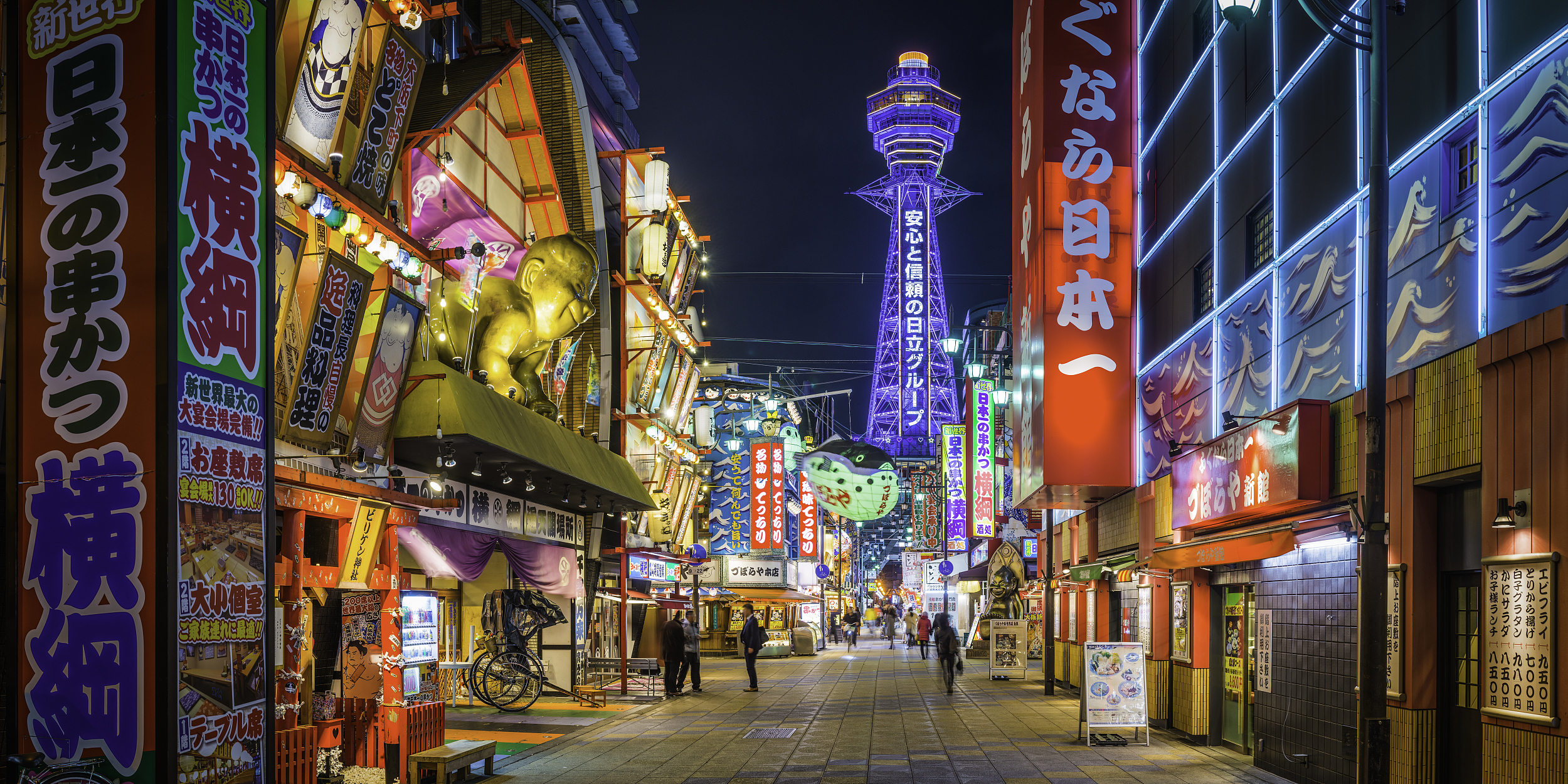
Lost in translation? Don’t worry. Japan is foreigner-friendly—you just need a bit of help with the language side.
📱 Must-Have Translation Apps
If you don’t speak Japanese (which is totally normal), here are some apps you should download before your trip. These will seriously help you get around:
- Google Translate – The go-to app. You can type, speak, or even take a picture of menus, signs, or instructions. Just download the Japanese language pack offline so you can use it even without Wi-Fi.
- Microsoft Translator – Works well for conversations. Say something in Tagalog or English, and it speaks the Japanese version out loud.
- Papago or Waygo – Also good for quick translations, especially for signs or restaurant menus.
🧍♂️ Cultural Communication Norms in Japan
Japan is very different from the Philippines when it comes to how people talk and behave in public.
- First off, Japanese people are very quiet and polite, especially in public spaces like trains, buses, and restaurants. So if you're with friends, keep the volume low. No chika-chika in full volume like we do back home—just tone it down a bit.
- Don’t interrupt conversations or cut in line—super frowned upon. Be patient and wait your turn.
- A simple bow is how they greet each other—no handshakes, no beso-beso, no "Hi bes!" moments. Just a small nod and smile works wonders.
- If someone helps you (like giving directions), just say "Arigatou gozaimasu" (thank you) or even just “arigatou” — they’ll appreciate the effort.
🗨️ Common Japanese Phrases to Know
| English | Japanese Phrase | How to Say It (Sounds Like) |
|---|---|---|
Hello | こんにちは (Konnichiwa) | kon-nee-chee-wah |
Good morning | おはようございます (Ohayou gozaimasu) | oh-ha-yo go-zai-mas |
Thank you | ありがとう (Arigatou) | ah-ree-gah-toh |
Sorry / Excuse me | すみません (Sumimasen) | soo-mee-mah-sen |
Please | おねがいします (Onegaishimasu) | oh-neh-gai-shee-mas |
Yes | はい (Hai) | hi (like "hi" in English) |
No | いいえ (Iie) | ee-eh |
How much? | いくらですか? (Ikura desu ka?) | ee-koo-rah des ka |
Where is the bathroom? | トイレはどこですか? (Toire wa doko desu ka?) | toy-reh wah doh-koh dess ka |
I don’t understand | わかりません (Wakarimasen) | wah-kah-ree-mah-sen |
Can you speak English? | 英語を話せますか? (Eigo o hanasemasu ka?) | ey-go oh ha-na-seh-mas ka |
Delicious! | おいしい! (Oishii!) | oy-sheee! |
Goodbye | さようなら (Sayounara) | sah-yoh-nah-rah |
Help! | たすけて! (Tasukete!) | tah-skeh-teh! |
Secure Your Stay in Tokyo
5 star
Business travel
Breakfast
💳 Payment Methods in Japan
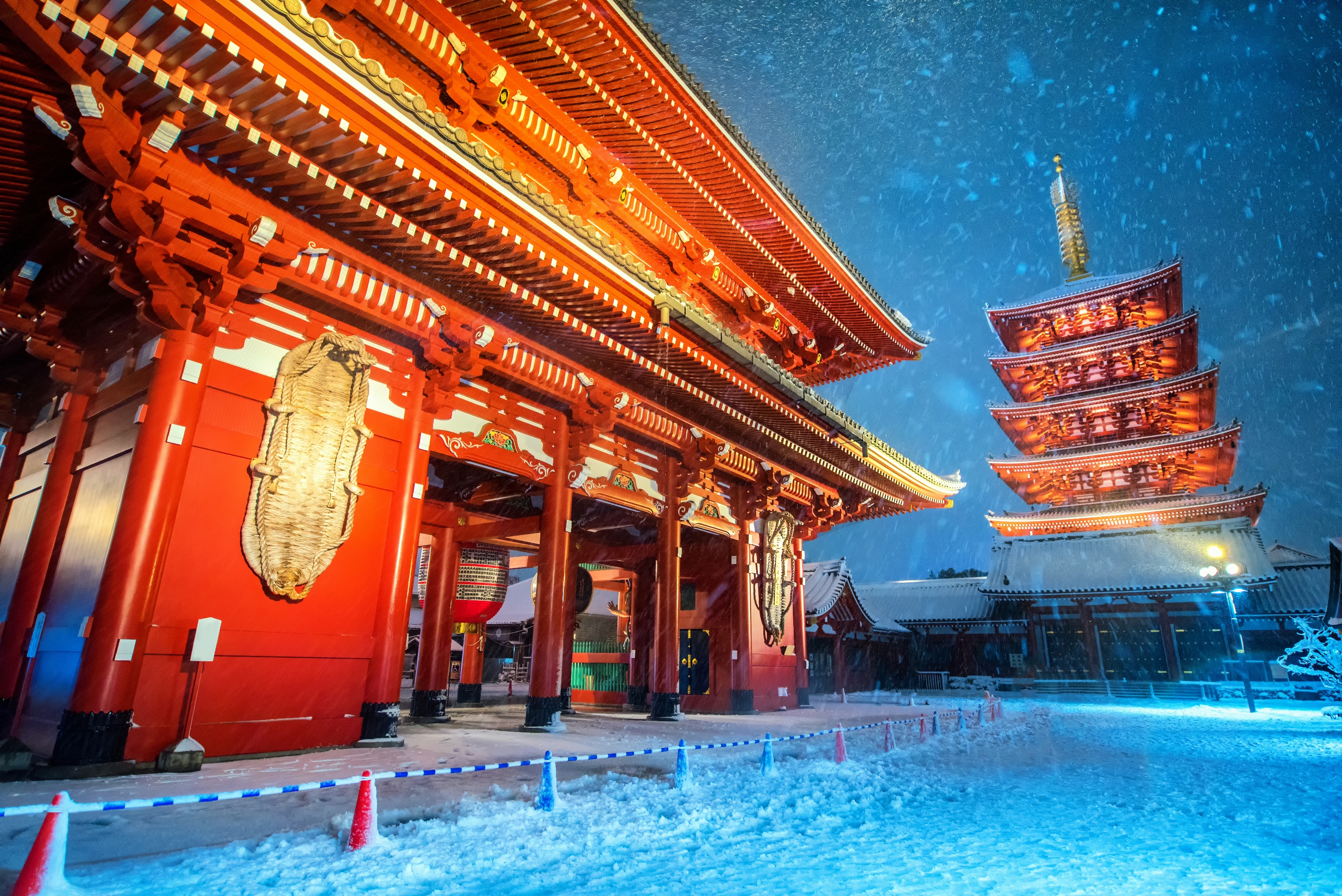
Let’s talk pera. Paying for stuff in Japan is simple, but you need to know what works where. It’s not like the Philippines where you can GCash your way through anything. Japan is a mix of modern and old-school when it comes to money.
🚃 IC Cards: Your Travel Bestie
Get a Suica or Pasmo card when you land. It’s like Japan’s version of a beep™ card, but way more useful. You can use it for:
- Trains and buses
- Vending machines
- Convenience stores (7-Eleven, FamilyMart, Lawson)
- Some restaurants and shops
Just load it with yen and tap away—super hassle-free, no more coins!
💳 Credit & Debit Cards: Use with Caution
Yes, Japan is modern, but not all places accept cards. Big malls, hotels, and some restaurants will take Visa or Mastercard—but small eateries, market stalls, and old-school shops might not.
Tip: Always ask, "Card OK?" before you try to pay. If not, just pay cash.
💴 Cash is Still King
This might surprise you—Japan still loves cash. A lot of local spots, ramen shops, and even some taxis only accept cash. Always keep enough yen with you.
- ATMs that work for foreign cards: 7-Eleven, Japan Post, and Lawson
- You’ll need yen especially in smaller towns or countryside trips
Pro Tip: Withdraw a good amount from ATMs instead of exchanging pesos at the airport (the rate's usually better).
📱 Mobile Payments: Catching On, But Not There Yet
Apps like Apple Pay or Google Pay work only if your card is linked to a supported bank. Locals use mobile payment apps like PayPay, but they’re usually for residents.
If you’re just visiting, don’t rely too much on mobile wallets—stick to cash or IC cards.
📱 Popular Apps for Traveling in Japan
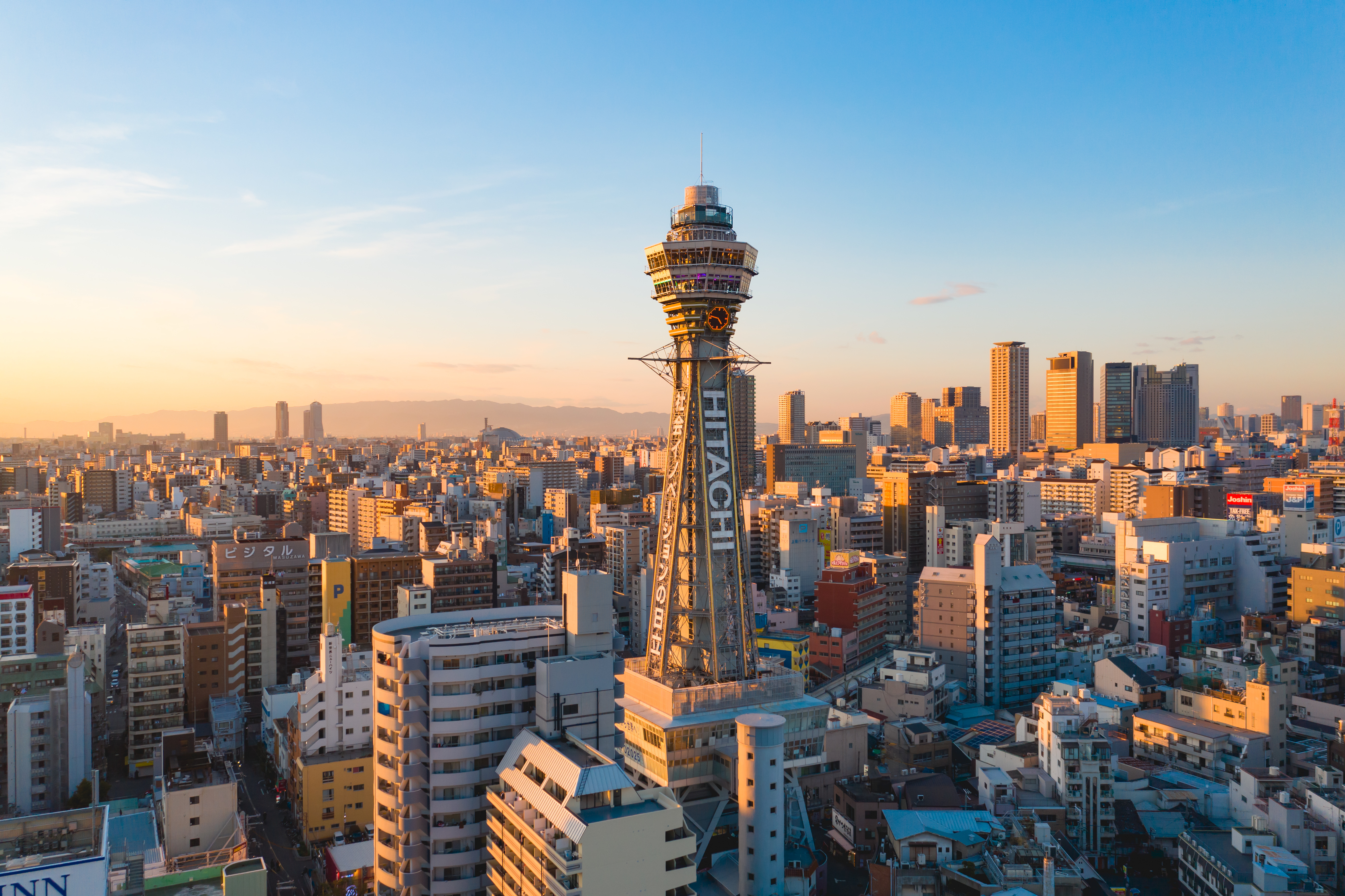
Apps make life easier in Japan—especially if you can’t read Japanese signs or speak the language. Here are the ones worth downloading before your trip.
🚆 Transport
- Google Maps – Still the best one out there for getting around Japan. It shows you train lines, walking routes, schedules, and even which train platform to go to. Super useful lalo na sa Tokyo—ang daming lines!
- Japan Travel by NAVITIME – Made for tourists. It shows the best train routes, tells you if a line is crowded, and even shows how much your fare is. May English version na, so it’s easy to use.
- Suica App (for Apple users only) – If you want to go cashless, you can add a Suica card to your phone. Just tap your phone at train gates or stores—no need to carry the physical card.
- Uber Japan – It works, but it's not as common as trains. You can try it if you're stuck late at night or in the countryside. Otherwise, taxis are easier to get on the spot.
🍜 Food & Restaurants
- Tabelog – Japan’s version of OpenRice or Yelp. You can find legit restaurant reviews (from locals!) and ratings. Kung gusto mo malaman kung masarap talaga yung ramen spot, check it here.
- Google Maps Reviews – Still helpful for food hunting, especially if you want to compare options nearby.
- Uber Eats Japan – If you’re too tired to go out, this one’s super useful. But heads up: not all restaurants are on the app, especially in rural towns.
🗺️ Navigation & Finding Spots
- Google Maps (again!) – From hidden shrines to cheap sushi spots, Google Maps will help you find your way. Bonus: some listings have photos of the food and menus!
- GuruNavi – Great for looking up restaurants that accept foreigners, have English menus, or allow reservations. Medyo pang-tourist, pero useful din.
💬 Communication
- LINE – It’s like Japan’s version of Messenger or Viber. Locals use it a lot. You don’t really need it unless someone asks you to connect via LINE (like a local friend or Airbnb host).
- WhatsApp – Not popular in Japan, but still the go-to for Pinoys. Use it to stay in touch with your travel group or people back home.
- Google Translate App – Lifesaver. Use it for signs, menus, or even to talk to someone by typing or speaking. Just download Japanese for offline use before you fly.
The Ultimate Japan To-Do List
💁♀️ Tipping & Service Etiquette in Japan
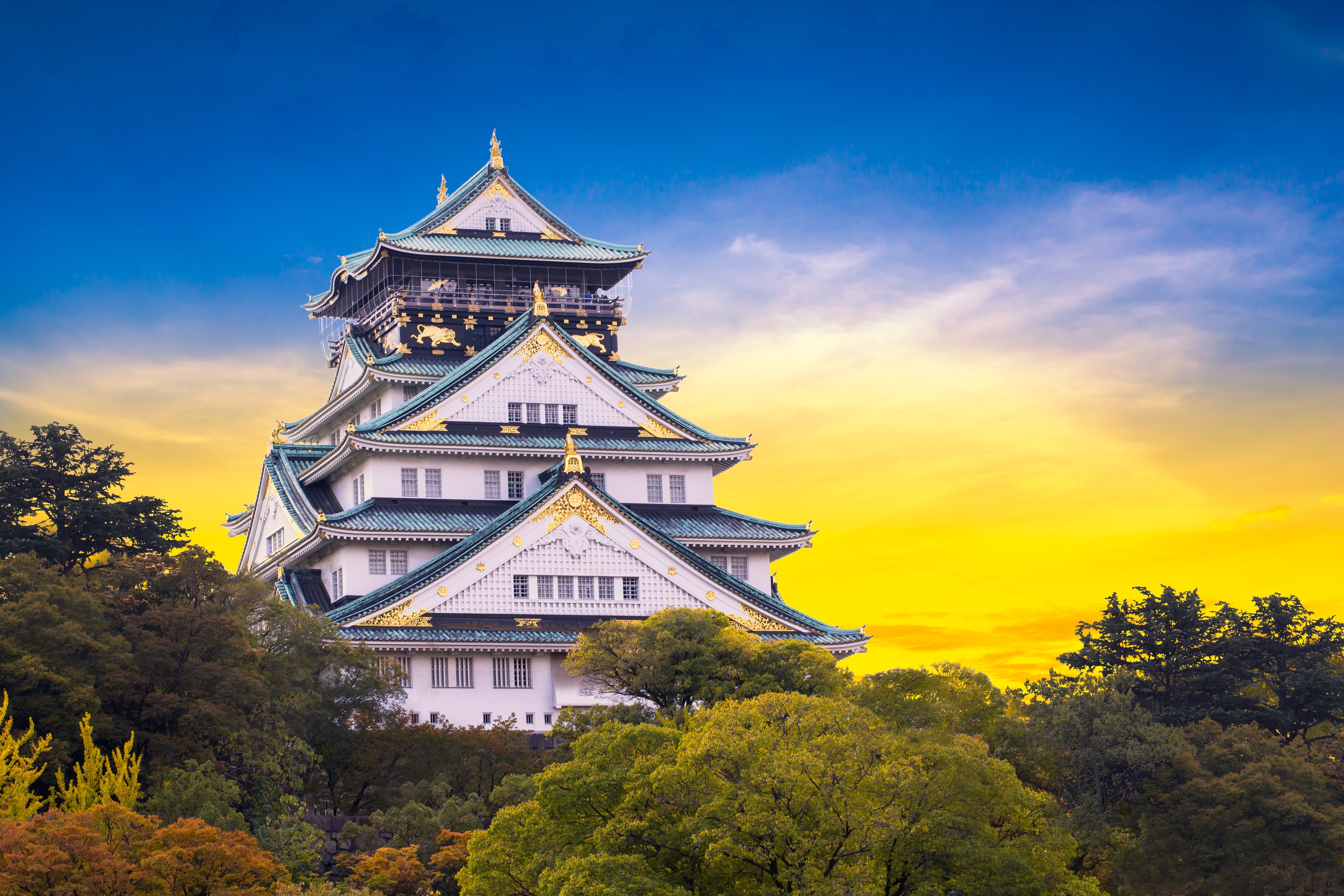
Let’s talk about tipping. Short answer? Don’t. Tipping in Japan is not a thing.
💸 Tipping Culture Overview
In the Philippines, we’re used to giving tips at restaurants or to drivers—but in Japan, tipping is not expected, and sometimes it even makes people uncomfortable. Service is already part of the job there, and they take pride in doing it well without asking for extra.
At restaurants, cafes, salons, hotels—even taxis—you don’t need to leave a tip. In fact, if you try to leave money on the table, the staff will likely run after you to return it, thinking you forgot it.
⚠️ Cultural Nuance or Caution
Japan is big on respect and humility, so even if you’re super happy with the service, don’t try to hand over a few coins or bills. It’s not part of their culture and might feel awkward for them.
Instead, just say "Arigatou gozaimasu" (thank you very much) with a smile. That’s more than enough.
Note: In super high-end ryokans (traditional inns) or luxury hotels, some locals may give a small "thank you envelope" (with money) for extra services like personal room attendants—but this isn’t expected from tourists, so no need to worry about that.
✅ Pro Tip
If you really want to show appreciation, you can:
- Write a quick thank-you note (some travelers do this at ryokans or Airbnb)
- Leave a small souvenir from the Philippines (like snacks or keychains)
- Just be polite, warm, and respectful—that’s what matters most in Japan
🚅 Transportation in Japan
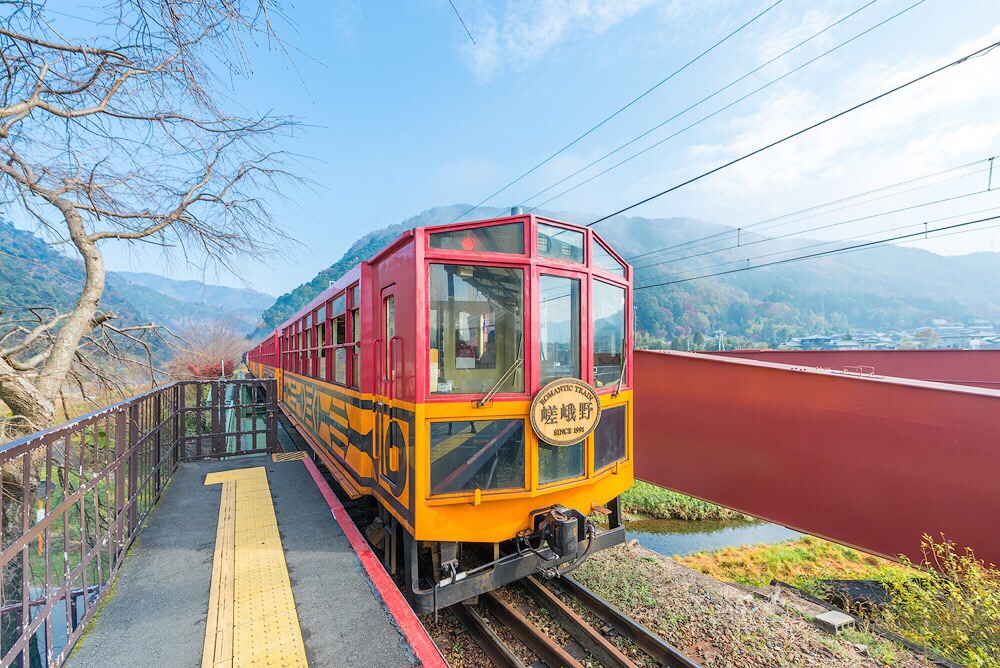
Getting around Japan is super convenient—once you get the hang of it. Don’t worry, it’s way more organized than back home. Here’s what you need to know:
🚄 High-Speed Trains (Shinkansen)
If you want to travel between cities like Tokyo to Osaka or Kyoto to Hiroshima, the Shinkansen (bullet train) is the way to go. It’s fast, clean, and arrives on the dot—no delays, no dramas.
- You can book at ticket machines, convenience stores, or the counter.
- Seats are comfy, and some trains even have outlets for charging phones.
- Pro Tip: If you’re visiting multiple cities, get a JR Pass before you fly to Japan. You’ll save a lot.
🚇 Metro & Subways
In big cities like Tokyo, Osaka, and Kyoto, the subway system is your best friend.
- At first, it might look confusing (ang daming lines!), but Google Maps makes it easy.
- Everything is on time and super clean.
- Get a Suica or Pasmo card so you don’t have to keep buying single tickets—just tap in and out.
Tip: Avoid rush hour (around 7–9 AM & 5–7 PM). It can get really packed, and you’ll feel like a sardinas in a can.
🚌 Public Buses
Buses are useful in smaller cities like Kyoto where trains don’t go everywhere. They’re reliable but can be a bit tricky for first-timers.
- Usually, you enter from the back and pay in front when you get off.
- If you’re unsure how much to pay, just check the fare chart near the driver or use your IC card (Suica/Pasmo).
Some signs are in Japanese, but drivers are usually kind—even if they don’t speak English.
🚕 Taxis & Ride-Hailing
Taxis are everywhere, but they’re more expensive than in the Philippines. Only use them when:
- It’s late and no more trains
- You’re carrying a lot of luggage
- You’re with a group and can split the fare
Note: Taxi doors open automatically—don’t open or close them yourself.
Uber? It works in some areas (like Tokyo or Kyoto), but it’s not widely used. Locals just flag taxis on the street or book through Japanese apps like GO.
🚲 Biking
Japan is bike-friendly, especially in cities like Kyoto, Nara, or smaller towns. It’s a fun and cheap way to explore if the weather’s nice.
- Some hostels and hotels have bikes for rent
- Just follow bike lanes and park properly (there are designated bike parking spots—don’t leave it anywhere!)
🛟 Safety & Emergency Info in Japan

Japan is one of the safest countries in the world, but that doesn’t mean you should let your guard down completely. Here’s what you need to know to avoid hassle or panic during your trip.
⚠️ Top Local Safety Tips
- Petty crime is very rare, but it’s still best not to leave your bag or phone unattended—especially in trains or cafés.
- In crowded places like Shibuya or Dotonbori, make sure your bag is zipped and worn in front of you.
- Japan is generally safe at night, even for solo travelers. However, stick to well-lit streets and avoid suspicious alleys, especially in red-light districts like Kabukicho (Shinjuku).
- Avoid loud arguments or dramatic behavior in public—it’s considered very unusual and can quickly attract attention.
📞 Emergency Contacts in Japan
If something serious happens, here are the emergency numbers you should keep saved:
- 🚓 Police: 110
- 🚑 Ambulance & Fire: 119
- 🏥 Japan Visitor Hotline (24/7 English support): 050-3816-2787
Hopefully, you won’t need these, but it’s smart to save them just in case.
💊 Medical Access & Pharmacies
- Convenience stores and drugstores are easy to find, but not all staff speak English.
- For medicine, look for stores like Matsumoto Kiyoshi, Sugi Pharmacy, or Don Quijote (yes, they sell medicine too).
- If you have a prescription, bring it—or at least a photo of it—to show the pharmacist.
- For more serious health issues, visit a clinic or hospital with international support. Many in Tokyo, Osaka, and Kyoto have English-speaking staff or translation services.
🚨 Cultural Notes
- Japan strictly follows rules. Don’t jaywalk or smoke in public (unless you're in designated smoking areas).
- Keep your voice low, especially on public transport. Avoid video calls or loud conversations on the train.
- If you need help, ask politely. Locals are usually shy but helpful. Saying “Sumimasen” (Excuse me) or “Onegaishimasu” (Please) goes a long way.
Unlock the Best Flights to Japan
🎌 Cultural Etiquette & Local Customs in Japan
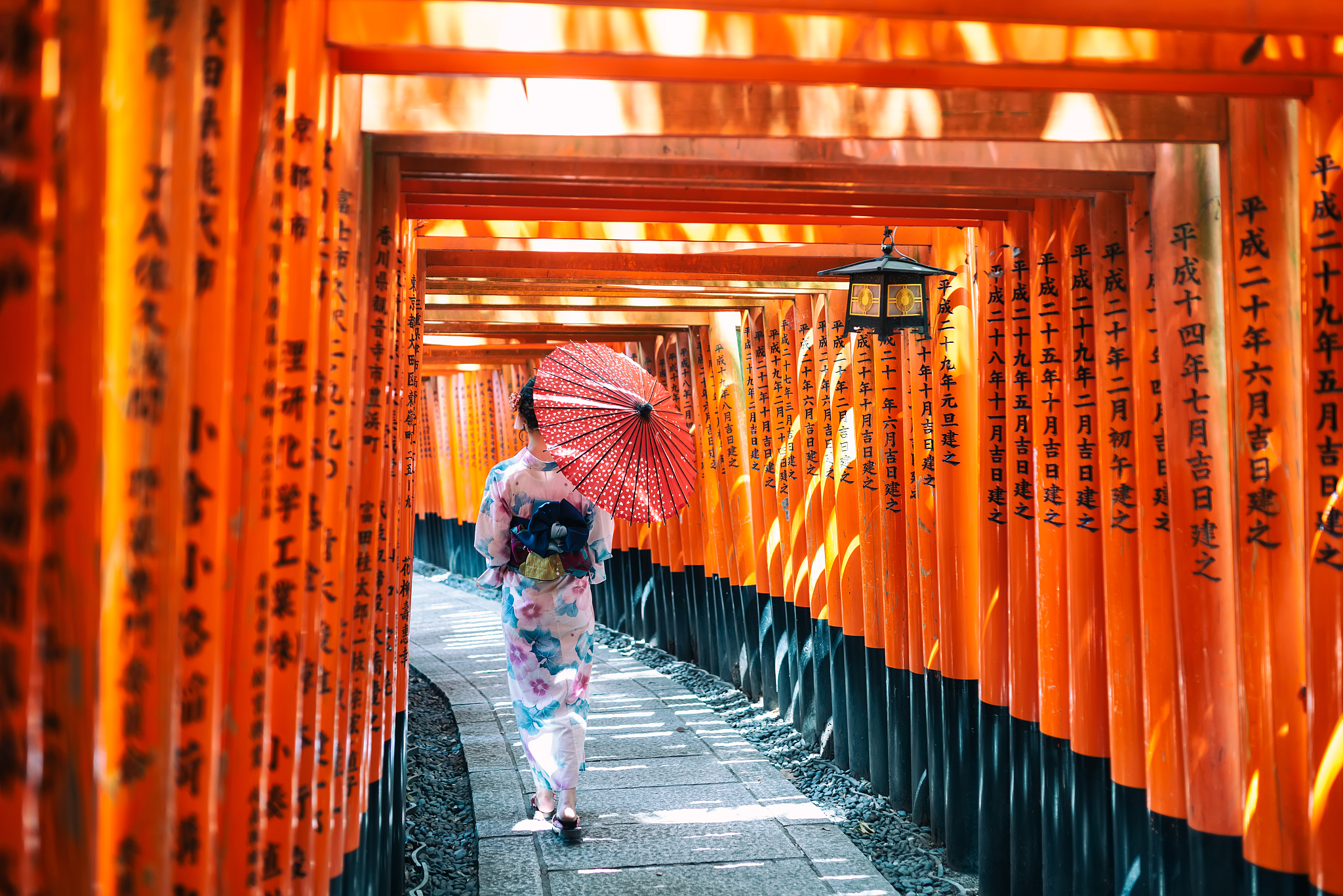
Japan is one of the most respectful and orderly countries you’ll ever visit. People are kind, but not overly expressive like in some other cultures. The focus here is on quiet manners, cleanliness, and following rules—even the small ones.
🧑🤝🧑 General Cultural Vibe
- Japanese people are polite but reserved. They tend to mind their own business and won’t approach you unless necessary—so it’s best to return that same respect.
- Being friendly is okay, but avoid being too loud, overly touchy, or overly joking in public.
- Personal space is important, and casual physical gestures like kisses on the cheek or playful tapping aren’t the norm.
- Cleanliness and order are highly valued. Streets are spotless—even though there aren’t many trash bins around.
🚶 Etiquette Do’s & Don’ts
✅ Do’s:
- Always fall in line—whether at train stations, escalators, or stores. No cutting in line.
- Say "Sumimasen" (Excuse me) when passing someone or asking for help.
- Say "Arigatou gozaimasu" (Thank you very much) to express gratitude.
- A slight bow when greeting or thanking someone is appreciated.
- Be on time. Punctuality is a big deal—trains leave exactly on the dot.
❌ Don’ts:
- Don’t talk loudly on public transportation—it’s seen as rude.
- Don’t eat while walking (unless you're at a festival or food stall area).
- Don’t put your feet up on seats or furniture—it’s very disrespectful.
- Don’t point your chopsticks at others or stick them upright in rice—this resembles a funeral custom.
- Don’t litter. Japan has strict recycling rules, and bins are hard to find—carry a small bag for your trash.
🍽️ Dining Etiquette
- Wait for someone to say “Itadakimasu” (Let’s eat) before starting your meal.
- If sharing food, use the opposite end of your chopsticks to serve yourself.
- Slurping noodles is okay—it shows you're enjoying the meal!
- No tipping—it’s not part of the culture and can even be considered awkward.
- If you’re not comfortable using chopsticks, it’s okay to ask for a spoon or fork—just ask politely.
👗 Dress Code & Body Language
- Dress neatly and modestly. You don’t have to dress fancy, but avoid looking sloppy.
- At temples and shrines, avoid wearing shorts, tank tops, or revealing clothing.
- Avoid strong scents like heavy perfume or cologne—subtle is better.
- Don’t point fingers or use exaggerated hand gestures—it can come across as aggressive.
👋 Interaction Norms
- The typical greeting is a smile and a small bow—not hugs or cheek kisses.
- Handshakes are rare unless you're in a business or formal setting.
- If someone doesn’t speak English, stay calm, smile, and use a translation app or simple gestures—they’ll usually try their best to assist.
- Stay polite even if you’re frustrated. Raising your voice or showing anger in public is frowned upon.
🎌Japan Holidays & Peak Travel Seasons
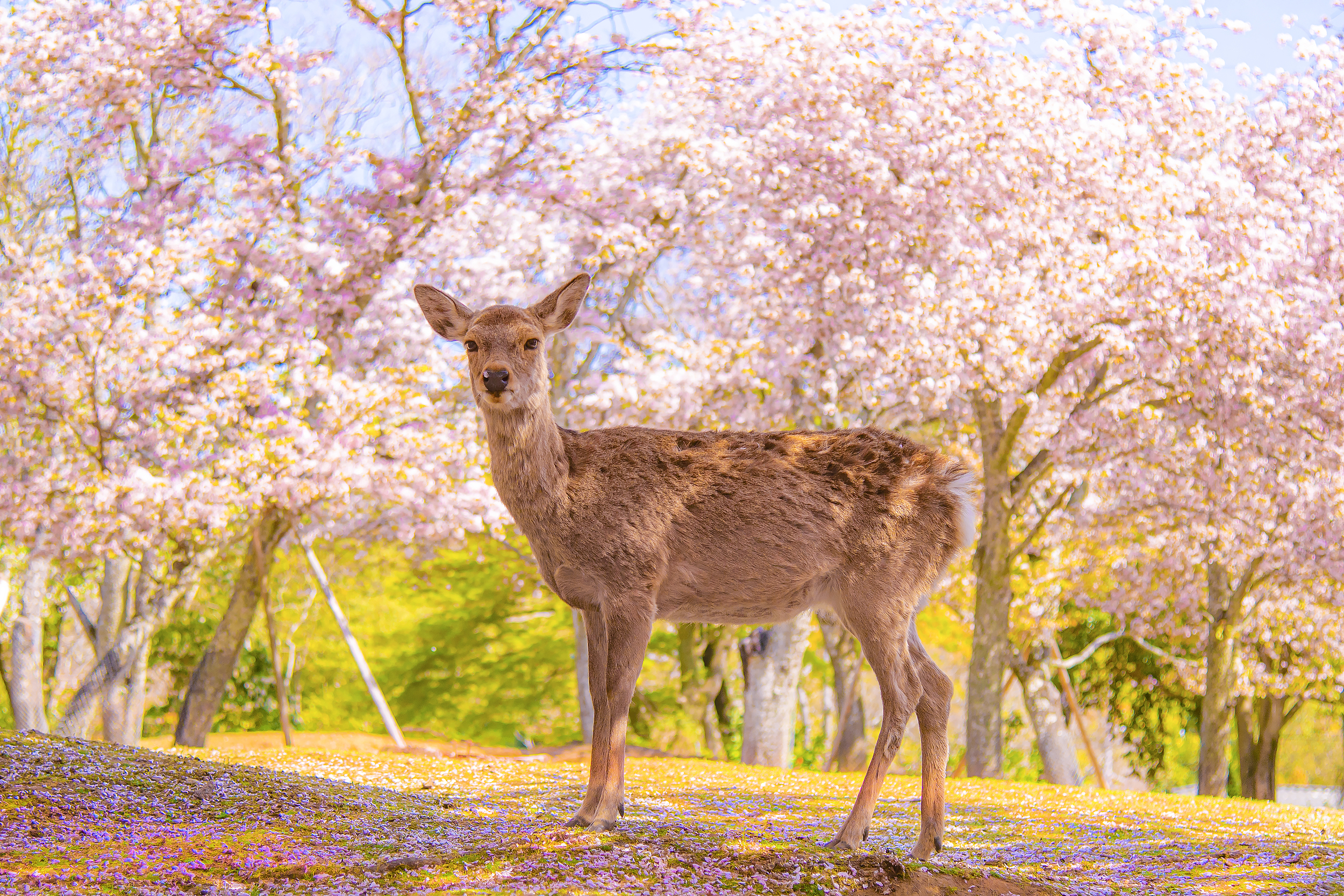
Avoid the crowds, overpriced hotels, and travel stress with this handy guide!
Here’s what to expect during major holidays and seasons in Japan—and how to plan smarter.
| Holiday | When | What’s Happening | Travel Tip |
|---|---|---|---|
New Year (Shogatsu) | Jan 1–3 | Most shops and businesses close. Families stay home. Temples get very crowded. | Avoid traveling during this time unless you’re into traditional experiences. Temples will be packed! |
Golden Week | Late April – Early May | A string of national holidays—everyone’s off and traveling. | Expect massive crowds and high prices. If you must travel, book months in advance. |
Obon Festival | Mid-August | Families honor their ancestors and travel back to their hometowns. | Some shops may close. Trains and highways are full. Avoid long-distance travel during this time. |
Cherry Blossom Season | Late March – Early April | Parks are full of people picnicking under sakura trees. | It’s stunning—but also peak tourist season. Book your hotels early! |
Autumn Leaves Season | Mid-November | Mountains and parks light up with beautiful fall colors. 🍁 | Less crowded than spring but still scenic—great for outdoor adventures. |
Other National Holidays | Throughout the year | Schools and offices close. Locals go out for day trips. | Tourist spots get busy. Check local holiday calendars before finalizing your travel dates. |
🛍️ Travel Impact & Local Customs
- 🏪 Closures: Many shops, banks, and restaurants close during New Year and Obon.
- 💸 Prices: Hotels and flights spike during major holidays like Golden Week.
- 🚶♂️ Crowds: Tourist areas (like Kyoto, Mount Fuji, and Tokyo Disneyland) can get extremely crowded during holidays.
- 🧍♀️ Local behavior: Most locals travel to their hometowns or spend time with family.
- 🙏 Respect at religious sites: When visiting temples or shrines, avoid taking selfies at sacred spots.
- 🎉 Festivals: Japan’s festivals are beautiful, well-organized, and worth joining—just observe first and follow along.
- 📅 Pro Tip: Always check Japanese holiday calendars online before booking your flights.
☀️ Seasonal Weather & What to Pack
Japan has four distinct seasons—be prepared for weather changes and dress accordingly!
🌸 Spring (March–May)
- Weather: Cool, fresh, and full of blooming cherry blossoms.
- Pack: Light jacket, umbrella (for unexpected rain).
- Vibe: Super touristy, but beautiful—worth the crowds for sakura.
☀️ Summer (June–August)
- Weather: Hot and humid—sometimes very hot.
- Pack: Light, breathable clothes, hat, fan, water bottle.
- Vibe: Great for summer festivals, but prepare to sweat!
🍁 Autumn (September–November)
- Weather: Cool and comfortable, with vibrant red and orange foliage.
- Pack: Light sweater or jacket, comfy walking shoes.
- Vibe: Ideal season for nature walks and scenic trips—Instagram gold.
❄️ Winter (December–February)
- Weather: Cold—especially for Southeast Asians! Even colder up north.
- Pack: Warm jacket, gloves, scarf. Bundle up in Hokkaido or mountain areas.
- Vibe: Quiet season, festive lights, fewer tourists, and snow if you go to the right places.
Unlock the Best Flights to Japan
- One way
- Round-trip
- direct cheapest
 MNL6:15 AM4h 20mNonstopNRT11:35 AMManila - Tokyo|Sat, Jan 31|Cebu PacificPKR 49,437PKR 286,59083% off83% offPKR 286,590PKR 49,437
MNL6:15 AM4h 20mNonstopNRT11:35 AMManila - Tokyo|Sat, Jan 31|Cebu PacificPKR 49,437PKR 286,59083% off83% offPKR 286,590PKR 49,437  MNL12:35 PM4h 20mNonstopNRT5:55 PMManila - Tokyo|Mon, Jan 19|Cebu PacificPKR 64,801PKR 286,59077% off77% offPKR 286,590PKR 64,801
MNL12:35 PM4h 20mNonstopNRT5:55 PMManila - Tokyo|Mon, Jan 19|Cebu PacificPKR 64,801PKR 286,59077% off77% offPKR 286,590PKR 64,801 MNL12:35 PM4h 25mNonstopNRT6:00 PMManila - Tokyo|Tue, Jan 20|Cebu PacificPKR 64,921PKR 286,59077% off77% offPKR 286,590PKR 64,921
MNL12:35 PM4h 25mNonstopNRT6:00 PMManila - Tokyo|Tue, Jan 20|Cebu PacificPKR 64,921PKR 286,59077% off77% offPKR 286,590PKR 64,921 MNL12:35 PM4h 25mNonstopNRT6:00 PMManila - Tokyo|Sun, Feb 22|Cebu PacificPKR 69,259PKR 69,259
MNL12:35 PM4h 25mNonstopNRT6:00 PMManila - Tokyo|Sun, Feb 22|Cebu PacificPKR 69,259PKR 69,259 MNL12:35 PM4h 25mNonstopNRT6:00 PMManila - Tokyo|Wed, Feb 11|Cebu PacificPKR 111,054PKR 111,054
MNL12:35 PM4h 25mNonstopNRT6:00 PMManila - Tokyo|Wed, Feb 11|Cebu PacificPKR 111,054PKR 111,054 MNL12:35 PM4h 25mNonstopNRT6:00 PMManila - Tokyo|Thu, Feb 5|Cebu PacificPKR 214,942PKR 214,942
MNL12:35 PM4h 25mNonstopNRT6:00 PMManila - Tokyo|Thu, Feb 5|Cebu PacificPKR 214,942PKR 214,942 MNL1:00 PM3h 5mNonstopNRT2:00 PMManila - Manila|Mon, Dec 29|Cebu PacificFind more flightsFind more flights
MNL1:00 PM3h 5mNonstopNRT2:00 PMManila - Manila|Mon, Dec 29|Cebu PacificFind more flightsFind more flights
Displayed flight fares from ${{departCityName}} to ${{arrivalCityName}} are based on average prices across airlines for the next 3 months, according to the latest Trip.com database.
📱 eSIM, Wi-Fi & Staying Connected in Japan
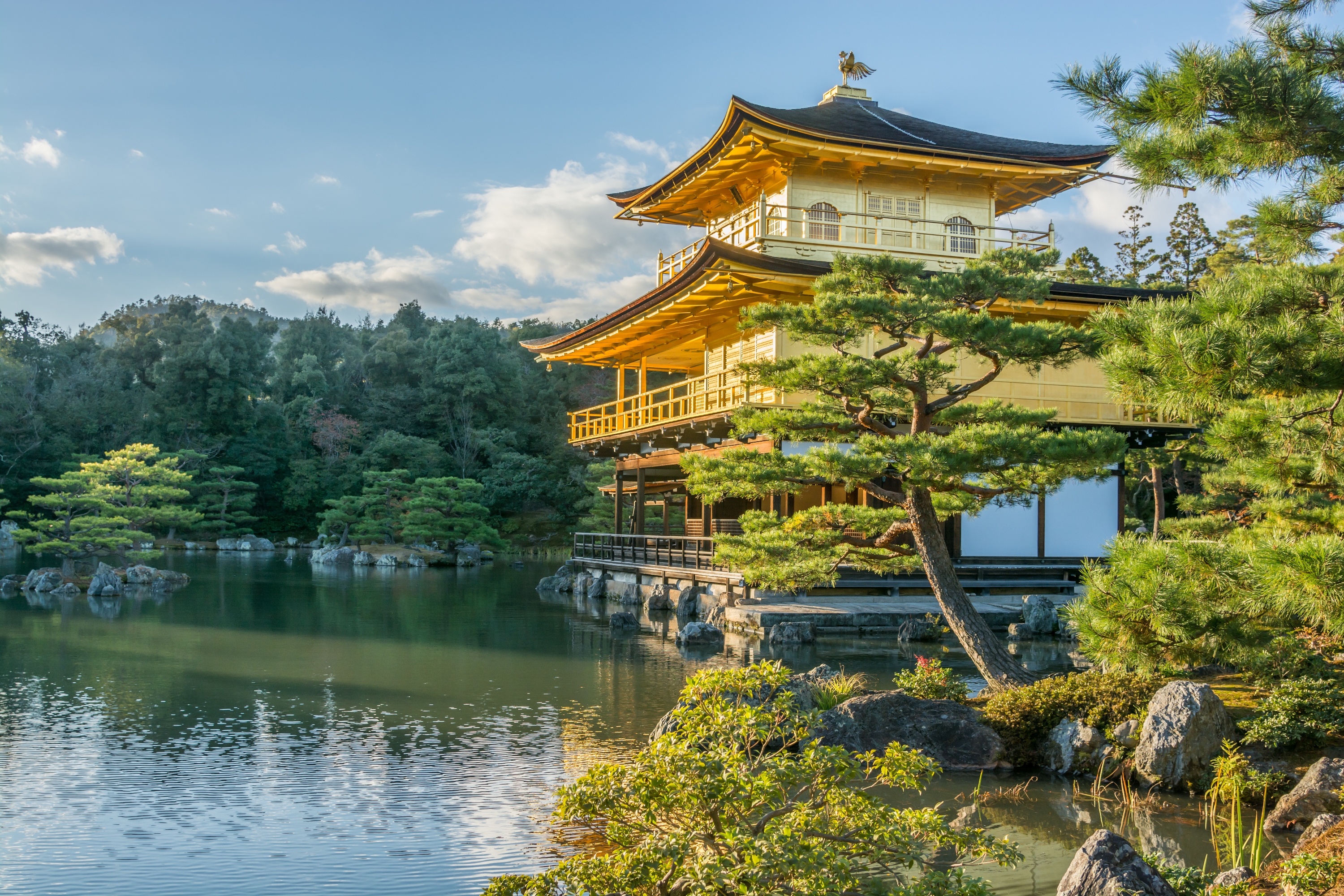
Staying online in Japan is super helpful—whether you're using Google Maps, searching for food, checking train times, or uploading your travel photos. The good news? Getting connected in Japan is easy, as long as you plan ahead.
📲 eSIM vs Local SIM Card: What’s Better?
eSIM (if your phone supports it):
- Very easy to use. Just scan a QR code, set it up in your phone settings, and you're online—no need to remove your Philippine SIM.
- You can buy one online before your trip, so you’re ready as soon as you land.
Local SIM card:
- Available at airports and electronic stores.
- You’ll need your passport to register.
- Best to buy at the airport, where staff usually speak English.
- Good for short stays, but setup might take more time.
🟡 Tip: If you're not techy, just go for an eSIM. It’s the easiest and least stressful option.
📶 Best Mobile Networks in Japan
Here are the top three:
- SoftBank – Great speed and coverage, popular with tourists
- NTT Docomo – Strongest coverage even in rural areas
- au by KDDI – Fast internet but may be trickier to set up for foreigners
📍 Where to Buy
- Airport kiosks – Convenient but a bit more expensive
- Electronics stores (like Bic Camera or Yodobashi) – Cheaper, but may require some patience
- Online (for eSIMs) – Fastest and most convenient; buy before flying
🌐 Wi-Fi & Internet Access
Hotel Wi-Fi
- Most hotels in Japan offer free Wi-Fi. Ask the front desk or check in your room.
Cafés & Restaurants
- Big chains like Starbucks, McDonald’s, and convenience stores (like Lawson and FamilyMart) usually have free Wi-Fi.
Public Wi-Fi
- Available in train stations, tourist spots, and some malls. It’s free but can be slow or require sign-up.
Pocket Wi-Fi
- Great for groups or families.
- Rent online or at the airport.
- Gives stable connection for multiple devices anywhere with signal.
🟡 Pro Tip: If you're traveling with friends or family, renting pocket Wi-Fi is a smart move—especially if someone doesn’t have mobile data.
Recommended eSIMs Options for Japan
✅ Final Tips Before You Fly to Japan!

Japan is one of those places that stays with you — whether it’s the peaceful temples, high-tech cities, or even the fun vending machines on every corner. From Tokyo’s bright lights to Kyoto’s quiet streets, there’s something for everyone.
Just remember the basics:
✅ Stay connected (eSIM or pocket Wi-Fi)
✅ Follow local rules and respect the culture
✅ Learn a few Japanese phrases — they’ll love you for it
✅ Always carry cash just in case
✅ And most of all, explore with an open mind and a respectful heart
✈️ Ready to go? Don’t wait!
📍Book your flights to Japan early for better deals.
🏨 Reserve your hotels in Japan in advance — the best spots get fully booked fast, lalo na sa cherry blossom or autumn season!
Whether it’s your first trip or your fifth, Japan will always surprise you.
Otsukare and safe travels, kabayan! 🇯🇵💼
❓ FAQ: Japan Travel Tips
Do Filipinos need a visa to visit Japan?
👉 Yes, Filipinos need a tourist visa to enter Japan. You can apply through accredited travel agencies. It usually takes about 5–7 working days. Make sure your passport is valid for at least 6 months!How much pocket money should I bring?
👉 It depends on your travel style, but at least ¥10,000–¥15,000 per day (₱3,500–₱5,000) is a safe budget for food, transport, and small shopping. Bring more if you plan to shop in Don Quijote or Uniqlo!Can I use credit cards in Japan?
👉 Yes, but not everywhere. Major stores and hotels accept cards, but many restaurants, small shops, and temples are still cash-only. Always carry enough yen with you.Do Japanese people speak English?
👉 Not all, but they’ll try their best to help! Use translation apps like Google Translate or learn a few key phrases — even simple Japanese goes a long way.Where should I exchange money — in PH or Japan?
👉 Best to exchange some yen in the Philippines before your flight (just enough for transport and meals). You can get better rates in Japan at city money changers or withdraw from ATMs using your debit card.
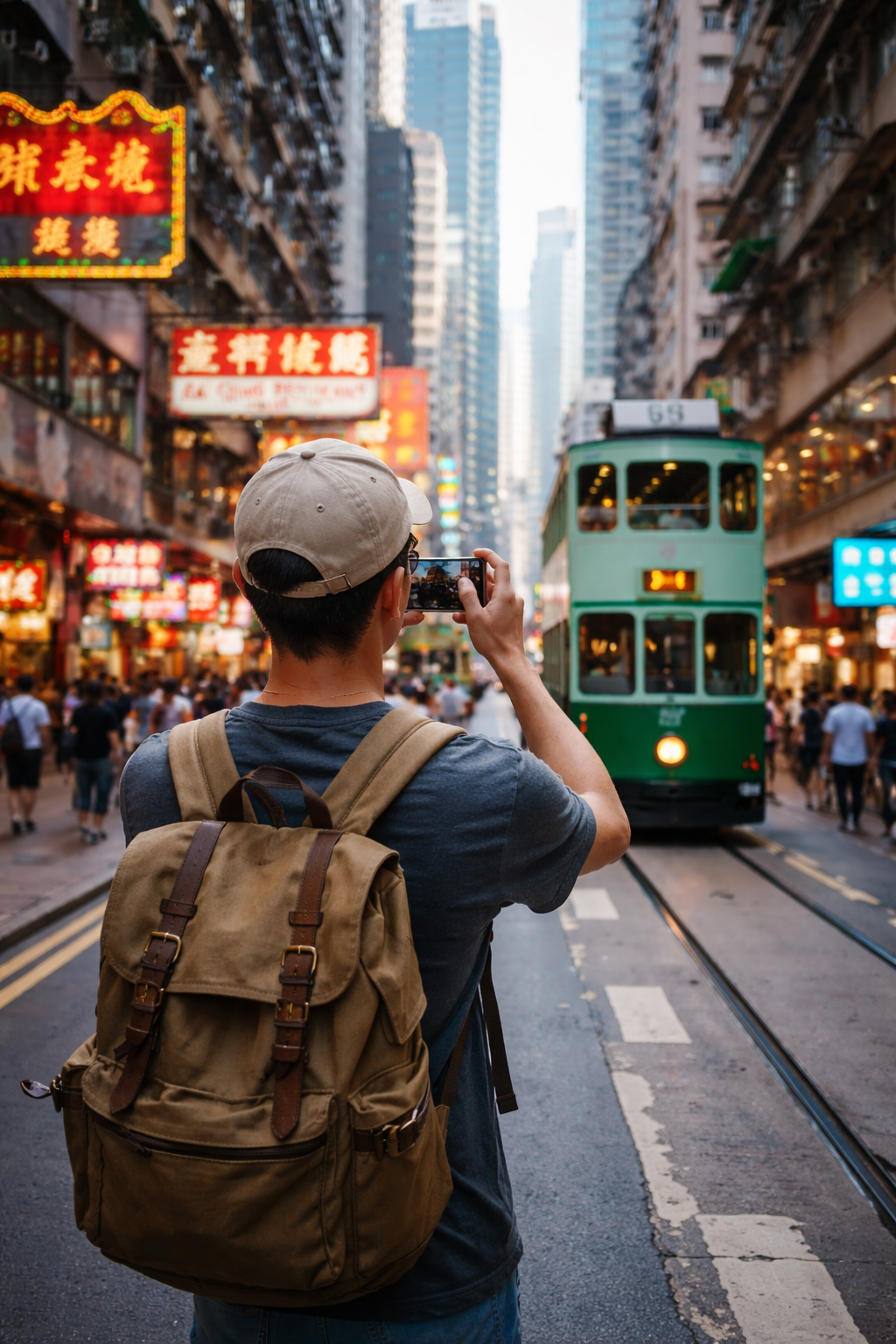
 NO.1
NO.1






